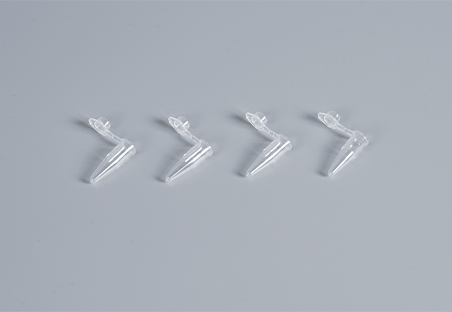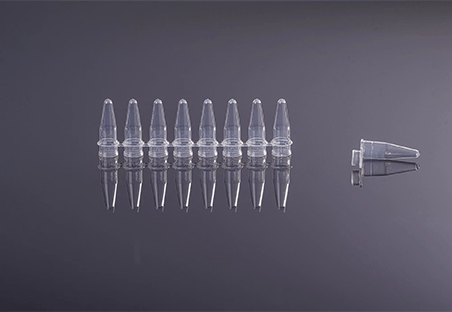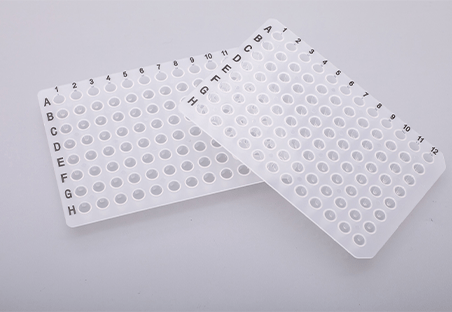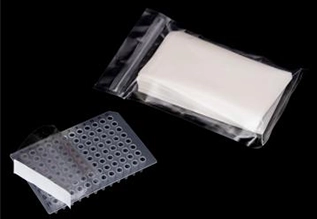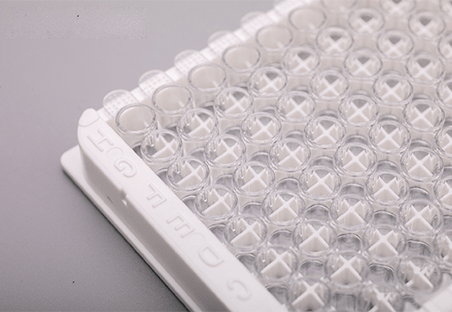Within the field of cell biology, cell culture plates, and cell culture flasks are indispensable instruments for the controlled in vitro culture of cells. These two vessels have different features and uses, but they both aim to create an environment that is conducive to cell growth and proliferation. As such, they are complementary instruments with different uses in the rapidly developing field of cell biology. This article explores the subtleties of cell culture plates and flasks, emphasizing the main distinctions and parallels between them. We will investigate their physical compositions, capacities in terms of volume and number of cells, vulnerability to contamination, and applicability for different types of experiments. Researchers can choose the best vessel for their unique cell culture requirements by being aware of the subtle differences between these two crucial instruments.
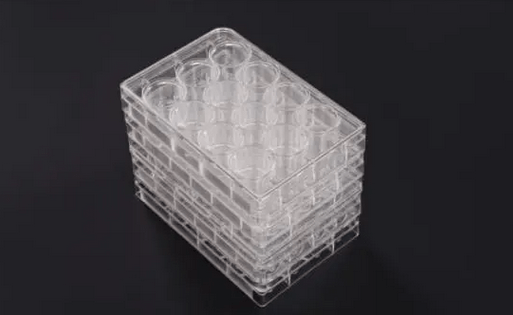
What Are the Differences Between Cell Culture Plates and Cell Culture Flasks?
Difference 1: Shape and Structure
Cell Culture Flasks: Flasks have bottoms that are either flat or slightly conical and resemble open bowls, offering lots of surface area for cell attachment and growth. They are available in a range of sizes, from tiny milliliter volumes to larger several-liter capacities. Easy access to the culture medium and direct cell manipulation with pipettes or cell scrapers are made possible by the open-top design.
Cell Culture Plates: Plates have a flat, divided design with separate wells. Many cell samples can grow simultaneously in a single plate thanks to the way these wells are usually arranged in rows and columns. Depending on the application, the wells’ depth and dimensions can change; shallow wells are appropriate for adherent cells, while deeper wells are suitable for suspension cultures. Adhesive covers are frequently used on plates to preserve sterility and stop evaporation.
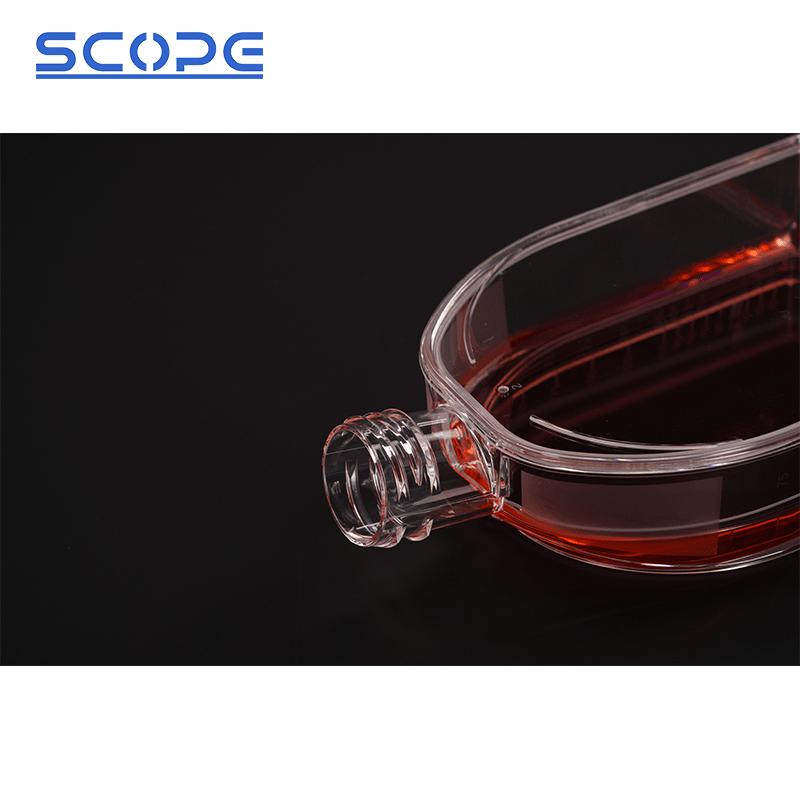
Difference 2: Volume and Cell Number
Cell Culture Flasks: Higher cell counts and greater volumes of cell culture medium can be accommodated in flasks. When the goal is to maintain and grow a large population, they are perfect for growing cells in large quantities. Flasks offer plenty of room for handling the cells and adding or removing media, making them ideal for cell harvesting and subculturing as well.
Cell Culture Plates: Plates are made to work with smaller volumes of medium and handle smaller numbers of cells. Assays, studies requiring different cell populations, or repeated measurements are common uses for them. Plates are ideal for analytical applications because they provide exact control over the conditions of growth and cell density.
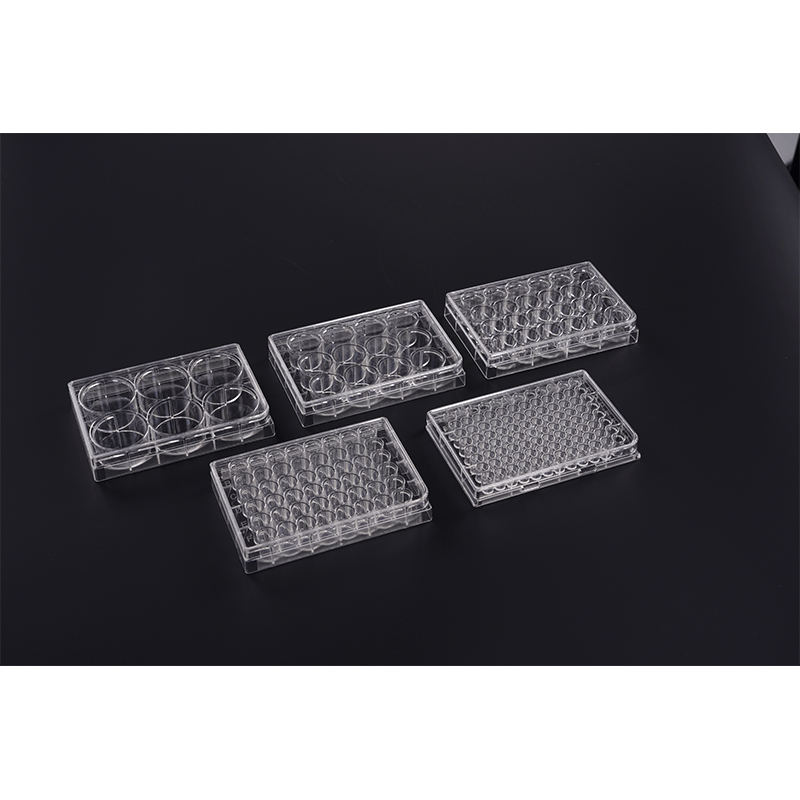
Difference 3: Applications and Suitability
Cell Culture Flasks:
- Bulk cell growth: Maintaining and growing a sizable cell population.
- Subculturing: Removing cells from a culture and placing them in a different container.
- Cell harvesting: Removing cells from a culture in preparation for additional research or examination.
Cell Culture Plates:
- Assays: Conducting studies with various cell populations or making measurements repeatedly.
- Cell viability testing: Evaluating the vitality and health of cells.
- Antibody staining and cell analysis: Finding particular markers in cells or proteins.

What Are the Similarities Between Cell Culture Plates and Cell Culture Flasks?
Similarity 1: Purpose
Flasks and plates are made to offer an environment that is conducive to the growth and multiplication of cells. They provide regulated environments that guarantee cell viability and encourage cell division.
- Nutrient Supply: Cells can grow and proliferate by receiving the necessary nutrients from both flasks and plates. In both vessels, cell culture medium—a nutrient-rich solution—is frequently employed.
- Oxygenation: Aerated plates and flasks can supply cells with oxygen, which is essential for their energy production and metabolism.
- Growth Support: Cells can attach to and grow on the support surfaces found on both plates and flasks. While plates may have various surfaces, such as tissue culture-treated wells to encourage cell attachment, flasks usually have a flat, smooth surface.
- Controlled Environment: To reduce contamination and preserve ideal growing conditions, both plates and flasks are utilized in controlled settings. This entails preserving sterility and modifying elements such as humidity, pH, and temperature.
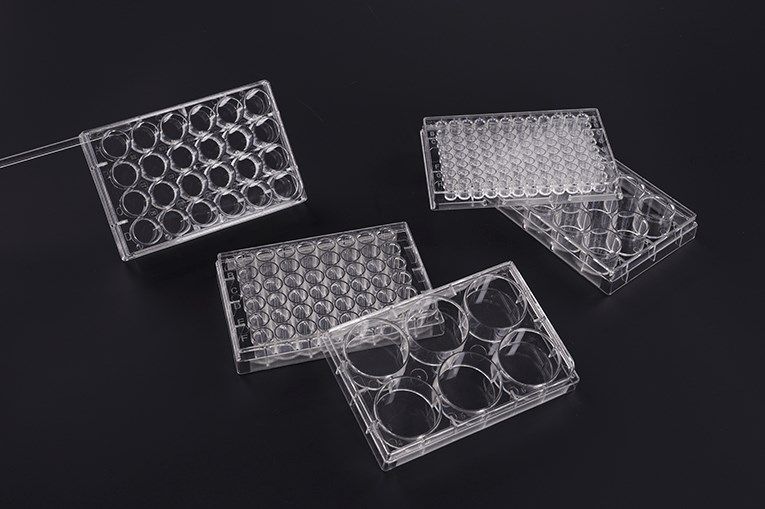
Similarity 2: Materials
The materials of cell culture plates and flasks, two crucial instruments for in vitro cell cultivation, are similar in a few ways:
- Non-toxic and inert nature: The most common material used to make plates and flasks is polystyrene, which is non-toxic and inert and supports cell growth.
- Smooth and non-adherent surface: The smooth and non-adherent surfaces of both plates and flasks prevent cells from readily adhering to the material and forming a monolayer.
- Transparency: Researchers can easily see the cells inside the culture vessel because both plates and flasks are transparent.
- Sterilization and disinfection: Sterilization of plates and flasks is a common practice to get rid of any possible contaminants that might damage the cells or cause issues with the experiment.
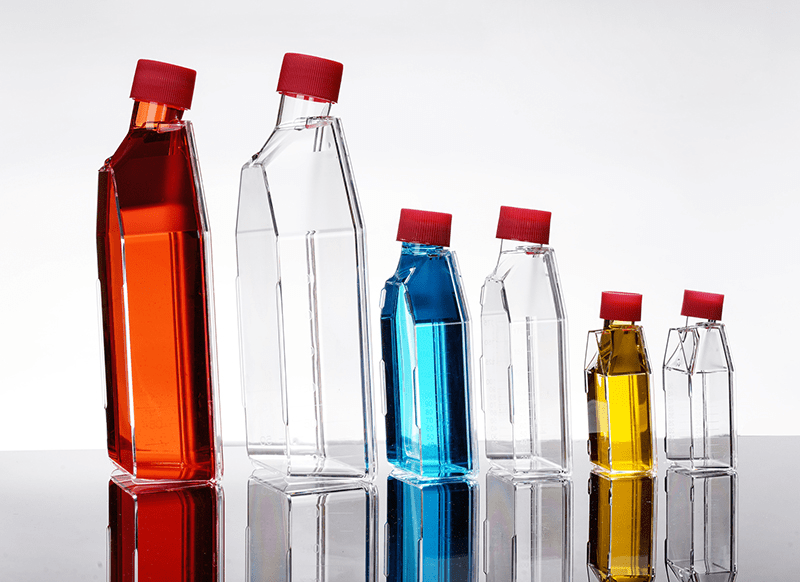
Similarity 3: Culture Medium
- Nutrient Composition: Amino acids, vitamins, carbohydrates, and salts are among the essential nutrients that are usually included in a balanced mixture in the culture medium that is used in both plates and flasks. These elements give cells the fundamental building blocks and energy sources they require for development and multiplication.
- Growth Factors: Certain growth factors may need to be added to the culture medium in both plates and flasks, depending on the type of cell and the particular objectives of the experiment. These substances act as signaling molecules, encouraging the division of cells, their differentiation, and other specialized processes.
- pH Control: Maintaining cell viability and promoting ideal growth depend heavily on the pH of the culture medium. The medium used in plates and flasks should be buffered to maintain a stable pH of 7.2 to 7.4, which is the ideal range for the majority of cell types.
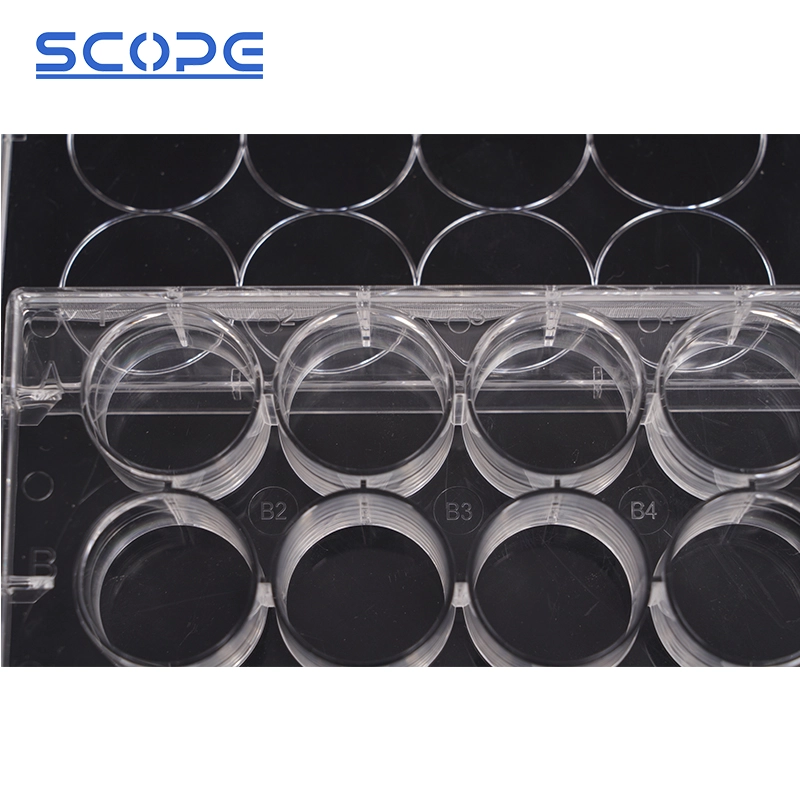
Conclusion
| Products | Cell Culture Plates | Cell Culture Flasks |
| Shape and Structure | Flat, compartmentalized with wells | Open bowl, flat or conical bottom |
| Volume and Cell Number | Smaller, suitable for handling smaller cell numbers | Larger, accommodates high cell numbers |
| Applications and Suitability | Well-suited for assays, cell viability testing, antibody staining | Ideal for bulk cell growth, subculturing, cell harvesting |
| Purpose | Provide a suitable environment for cell growth and proliferation | |
| Materials | Typically made from polystyrene or other inert materials | |
| Culture Medium | Use cell culture medium, a nutrient-rich solution that provides cells with the essential components for growth and proliferation | |
Knowing the features and benefits of both flasks and cell culture plates helps researchers choose the best vessel for their particular cell culture requirements. For maximum cell health and proliferation, this can result in better cell growth, decreased risks of contamination, increased experimental efficiency, and optimized gas exchange. Chongqing Scope Instrument Co., Ltd. is an expert provider of laboratory consumables. We’ll provide you with additional information about the lab consumables.
